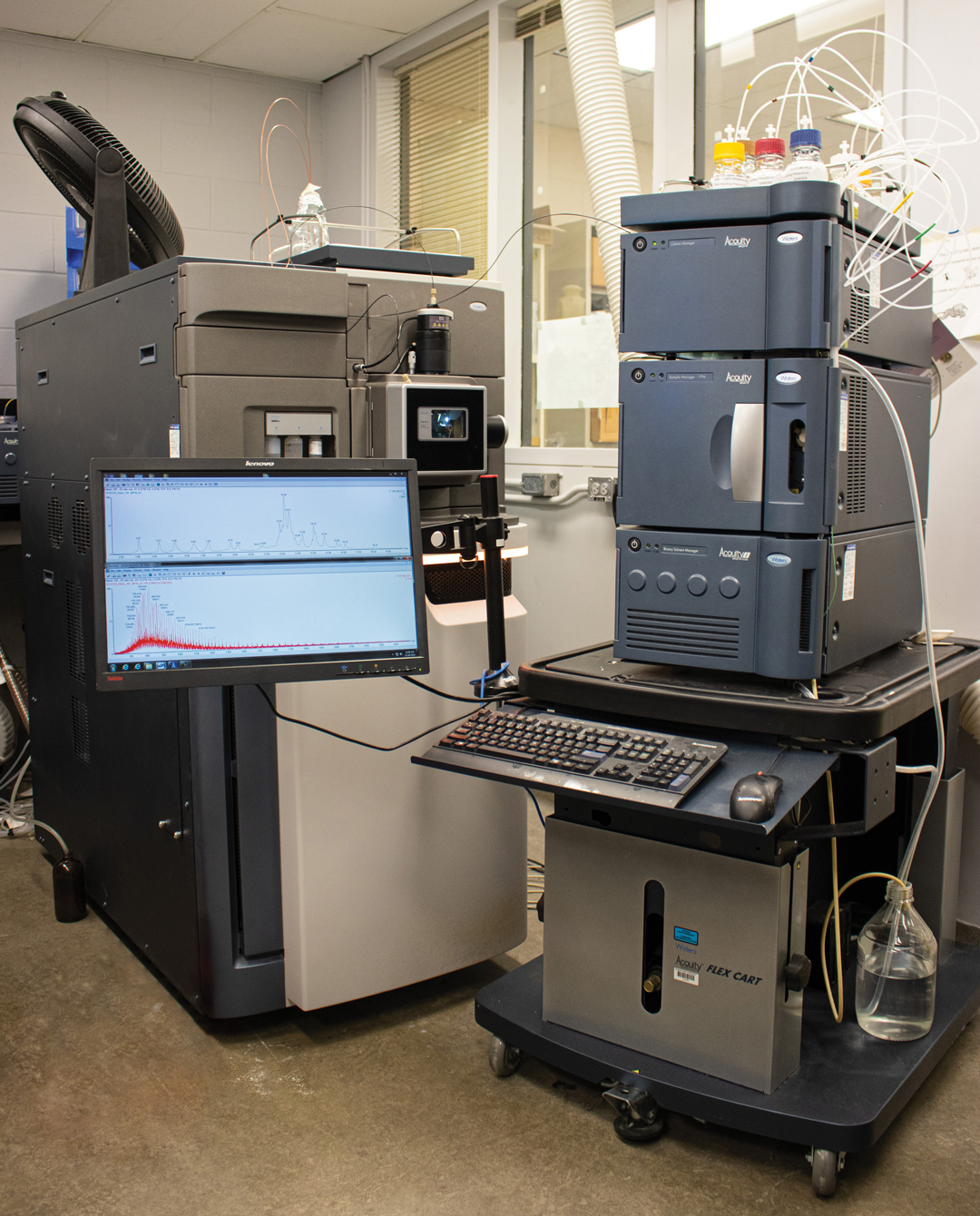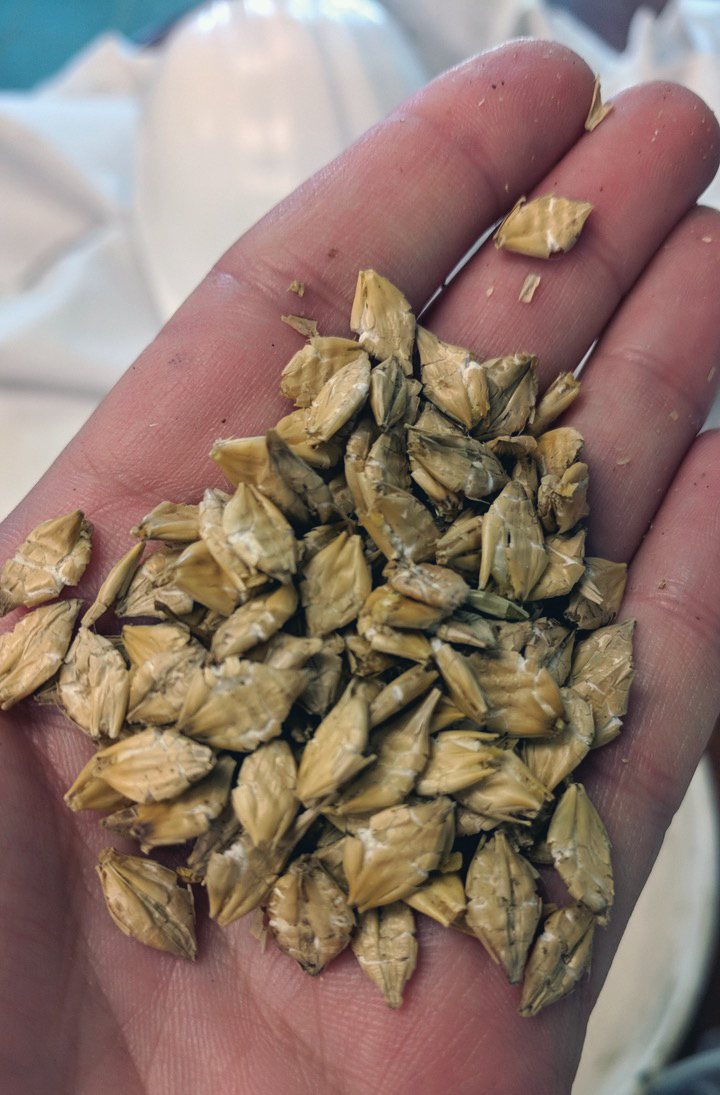KERNELS OF TRUTH
MODERN WHEAT STANS UP TO HERITAGE VARIETIES
BY JESSICA PATTERSON
For the last three years, Canadian wheat researchers have been looking into the nutritional value of heritage varieties of wheat in order to combat what they believe to be myths about the grain in popular culture.
Dr. Ron DePauw, a researcher at the Semiarid Prairie Agricultural Research Centre (SPARC) in Swift Current, SK, decided to dive into wheat history to get the goods on the world’s biggest crop.
He partnered with Dr. Nancy Edwards, program manager of bread wheat research at the Canadian Grain Commission, who studied milling and baking properties, and Dr. Nancy Ames, a research scientist at the Richardson Centre for Functional Food and Nutraceuticals in Winnipeg, who looked into nutritional components of heritage wheat.
The goal was both simple and complex: Determine if the common, modern varieties of wheat on the market had changed on a genetic level—in terms of proteins, and also in terms of milling and baking.
“There’s this misinformation that the modern varieties are somehow less nutritional than heritage varieties,” said DePauw.
The team started their research in
2011, looking at heritage varieties that were available to grow in Canada 100 years ago. They studied 20 varieties that spanned the wheat genealogy from 150 years ago to present, including Ladoga, Red Fife, Hard Red Calcutta, Marquis, Thatcher and Neepawa, and contemporary varieties such as Carberry and CDC Utmost.
“We’ve got heritage varieties, and— through breeding—added in resistance genes, added in insect resistance,” explained DePauw. “We’ve made the plants shorter, we’ve made the plants stronger and better adapted to growing conditions, better water-use efficiency, and yet they’re all used for making various kinds of bread products.”
Indeed, the research being done by Ames, Edwards and DePauw led them to believe there are no nutritional deficiencies in heritage varieties or in more recent varieties that can trace their lineage to Red Fife, Hard Red Calcutta and Ladoga.
“In terms of quantity of protein, the average protein of the western Canadian wheat crop is essentially the same as what was produced 100 years ago,” DePauw says.
“In general, we haven’t found that many changes,” said Ames. “In terms of the bioactives, we didn’t see much of a difference, but where we did see differ- ence was uniformity of newer varieties, which maintained nutritional components regardless of environment.”
Ames said older varieties and newer varieties were similar in content, but under certain environmental circumstances the heritage varieties were less uniform than the newer ones.
“They weren’t as resilient,” she ex- plained. “The newer varieties maintained levels despite location or year.”
The varieties developed in Canada have maintained a good milling and baking quality, Edwards explained.
“The other thing we have improved on is dough strength [and] water absorption, so when you mix a bread dough, you can get more water into the dough,” said Edwards. “For a baker, that means more loaves of bread for the same quantity of flour. That’s given us very marketable wheat.”
DePauw said he wants this information to be public knowledge—that there have been improvements to the milling and baking properties, but there are no nutritional deficiencies of the varieties developed in Canada.
“Not only have we improved agronomic performance, disease resistance, insect resistance, water-use efficiency and nitrogen-use efficiency, but we have also been able to improve the milling and baking properties in some small way,” confirmed DePauw.
He hopes this research will dispel public misinformation spread by those who aren’t certified researchers or health professionals.
“Research will benefit farmers by assuring consumers of the healthfulness of wheat-based products, which results in increased demand for wheat,” he said.
“I think it’s good that the scientific community and agriculture is investigating these myths,” said Jim Wickett, chair of the Western Canadian Wheat Growers Association. “The diet industry is very large in North America, and there are a lot of people out there exploiting others who ei- ther aren’t feeling well or need to lose some weight, and they make a lot of claims they can’t back up. This proves it.”






Comments